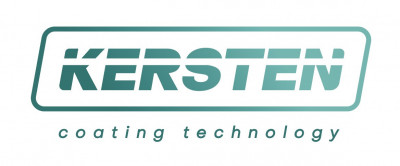Essence of REACH
On June 1, 2007, the EU Regulation (EC) 1907/2006 called REACH entered into force. The REACH Regulation aims to improve the protection of human health and the environment by better and faster identification of the intrinsic properties of chemical substances. This is done through the four core processes of REACH, namely the registration, evaluation, authorisation and restriction of chemicals.
Registration as a “license to do business”
REACH introduces a registration obligation for European manufacturers and importers of substances as such, in mixtures or in articles. Manufacturers and formulators outside Europe can take over the registration obligations for their European customers through an appointed only representative in Europe. Registrants must, according to clear criteria, prepare, submit and maintain a registration dossier in a joint process with other registrants using prescribed devices (IUCLID & REACH-IT) within tight legal deadlines.
The registration dossier contains all the data of the substance, the substantiated CLP classification, the limit values for humans and the environment and a chemical safety report with the risk analysis of the identified uses of the substance in the supply chain via specific exposure scenarios.
Ultimately, all uses of a substance in the chain must be covered by the appropriate registration dossier(s), unless the substance is exempted from registration. No registration means no access to the EU market. REACH is a business issue. Registration is your "license to do business". It determines how you may use the substance on its own, in a mixture and/or in an article within the EU.
Evaluation and risk management of substances of very high concern
ECHA receives the individual registrations and assesses whether they comply with the legal requirements. EU Member States evaluate selected substances to determine whether or not any concerns expressed about risks to human health or the environment are justified. ECHA authorities and scientific committees assess whether the risks from substances can be controlled.
Authorities can ban substances of very high concern if the risks are not controllable. They can also decide to restrict a particular use (restrictions via REACH Annex XVII) or require prior authorisation (authorisations via REACH Annex XIV).
Companies must consider the obligations relating to substances of very high concern and may produce, import or use them only if the conditions of the restriction or authorisation are met.
Communication via the safety data sheet
European suppliers of (hazardous) substances and mixtures must draw up and send a safety data sheet (SDS) that complies with REACH & CLP. It must contain the relevant product information in the mandatory format of 16 headings and subheadings and be provided in the language of the buyer's country. In addition, the SDS must provide clarity on product identification, the registration status of components and, if applicable, identify substances of very high concern. Where applicable, the relevant exposure scenario(s) of the registered substance should also be included as an annex ("extended SDS").
European downstream users receiving a supplier SDS must assess whether it complies with REACH & CLP, e.g. whether the components have been registered. In the case of an extended SDS with exposure scenarios, a use compliance check must be carried out and documented within 12 months. In this, the downstream user determines that his uses are covered and the activities are carried out safely according to the relevant exposure scenarios.
Efficient supply chain communication by means of the passing on of the correct REACH compliant SDS by the suppliers (“upstream”) and the assessment and anticipation of the supplier SDS by the downstream users is crucial to guarantee safe use, in compliance with REACH.
Role of ECHA and competent authority
The European Chemicals Agency (ECHA) oversees the functioning of REACH, is the single point of contact for registrations and other REACH & CLP obligations and can impose obligations such as authorisations or restrictions on the use of substances of very high concern.
Although REACH & CLP are directly applicable in all European Member States, inspection and enforcement of companies will be carried out in the local language by the responsible competent authority per member state.
More information on REACH
Any question on the REACH & CLP legislation?
Contact us to discuss your question without any obligation





